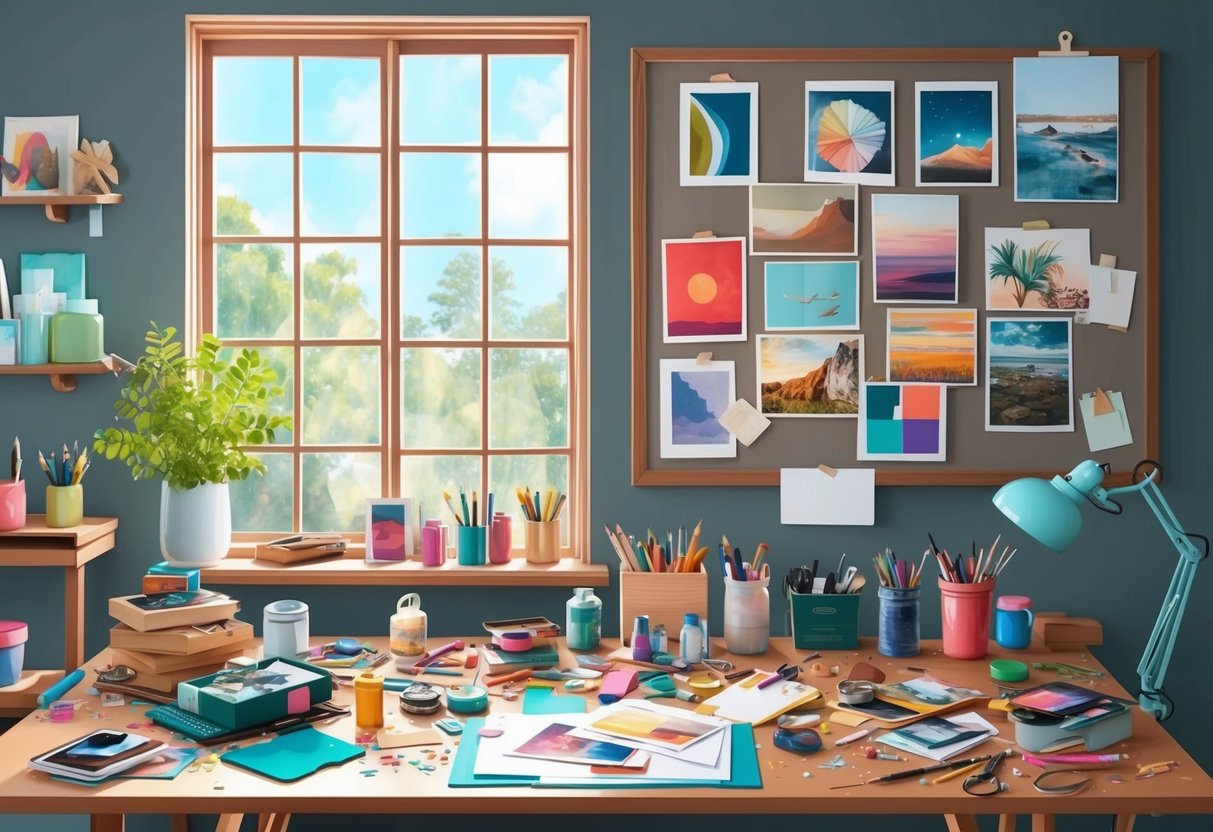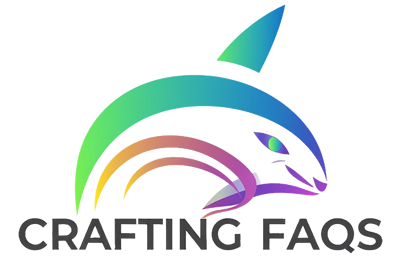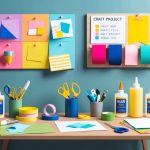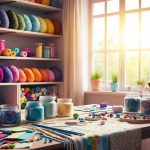
Every creative person faces a time when inspiration fades and ideas seem out of reach. Whether it’s an artist struggling to pick up a paintbrush or a crafter searching for motivation to start a new project, creative block is a challenge most people experience at some point.
The most effective way to overcome creative block and spark new crafting ideas daily is to explore fresh approaches, change routines, and deliberately seek out new sources of inspiration.
Many creators have found success in breaking routine by switching environments, limiting their tools, or writing down every idea that comes to mind, no matter how small. Stepping away from your work and making play a priority can reignite creativity and motivation, leading to new discoveries and renewed passion.
For more techniques and specific exercises, crafters can look to expert suggestions designed to encourage divergent thinking and daily inspiration.
Understanding Creative Block
Creative block can emerge from several factors, influencing a person’s ability to generate new ideas or complete ongoing projects. Identifying what leads to these obstacles can help crafters, writers, and creatives regain momentum and produce original work consistently.
Common Causes of Creative Block
Several factors can trigger creative blocks, with the most typical ones including mental fatigue, perfectionism, and a persistent fear of failure. When someone strives for flawless outcomes, self-imposed pressure builds, making it tough to start or finish creative work.
Burnout and stress from other aspects of life can deplete the mental resources needed for crafting or writing, leaving little energy for new ideas. Distractions—both digital and physical—disrupt focus, making it challenging to maintain the mindset required to spark creative ideas.
Comparison to others’ work or setting unrealistic goals can also hinder progress, resulting in doubt or feeling inadequate. Not having clear objectives or a structured workspace adds to these challenges, further heightening the sense of being creatively stuck.
Types of Creative Blocks
Creative blocks appear in different forms and tend to affect people in various ways. One common type is the mental block, a sense of mental paralysis that makes even basic creative decisions feel daunting.
Idea exhaustion is another, where repeated efforts drain inspiration, often called a creative slump or “writer’s block”. Some may face emotional barriers, such as anxiety or the fear of negative feedback, which suppress creative urges.
Others encounter environmental blocks, where the workspace or surroundings limit creative expression. There are also motivational blocks, where an individual struggles to find purpose or excitement in their craft, further reducing productivity and enthusiasm.
Recognizing Early Signs
Early awareness of creative block is key to overcoming it quickly. Noticing frequent procrastination, lack of motivation, or feeling overwhelmed by simple tasks can indicate trouble ahead.
Individuals might experience difficulty making decisions, persistent self-doubt, or frustration with their progress. A sudden drop in idea quality or quantity can serve as a red flag.
Emotional changes—like irritability, anxiety, or losing interest in usually enjoyable activities—can point to a budding block. Monitoring these early signs enables people to take proactive steps like jotting down spontaneous ideas or experimenting with new techniques, which can help mitigate a full-on creative slump.
Creating the Right Environment for Creativity
A productive creative process often begins with shaping the physical and mental environment to encourage fresh ideas. Small changes in a workspace setup or daily routine can lead to more reliable moments of inspiration and creative energy.
Optimizing Your Workspace
Designing a supportive workspace gives crafters a dedicated zone for imaginative activities. Essential tools, supplies, and a comfortable layout help reduce hesitation and make it easier to begin each session.
Keeping a notebook or digital device within reach encourages quick capture of ideas before they slip away. Good lighting reduces eye strain and enhances mood.
Storage solutions—like bins, shelves, and organized drawers—make it simple to find materials, sparking new crafting ideas with minimal effort. Personal touches, such as inspiring artwork, favorite colors, or a vision board, enhance personal connection to the space.
As recommended in several guides, adjusting for ergonomic comfort helps sustain focus and creative energy throughout long sessions. If possible, dedicating an area solely for creative work, rather than using shared or cluttered spaces, leads to a clearer mind.
Eliminating Distractions
A creative environment thrives when it is free from unnecessary interruptions. Devices and notifications are common sources of distraction; silencing phones and minimizing browser tabs helps retain concentration.
Simple techniques—such as setting time blocks for undisturbed crafting—encourage deeper focus. The use of noise-canceling headphones or mellow background music can further mask external disturbances, keeping the mind on task.
Establishing firm boundaries with household members or roommates about crafting time supports uninterrupted creativity. Mindfulness practices, including deep breathing or brief meditative moments before starting, help in developing a clear mind and reducing distractions, making it easier to enter a “flow” state and consistently generate ideas.
Incorporating Nature Into Your Space
Introducing natural elements to a workspace has tangible benefits on creativity and well-being. Houseplants, sunlight, and fresh air create a calming atmosphere that encourages energy and idea generation.
Even when working indoors, nearby windows with outdoor views can boost mood and spark fresh perspectives. Many creators find that short nature walks during breaks clear the mind and lead to new insights.
Natural textures, such as stone, wood, or woven materials, can subtly stimulate the senses and add warmth to the workspace. Even images or sounds from nature, like photographs or soft rainfall, support a soothing, focused environment for daily crafting.



